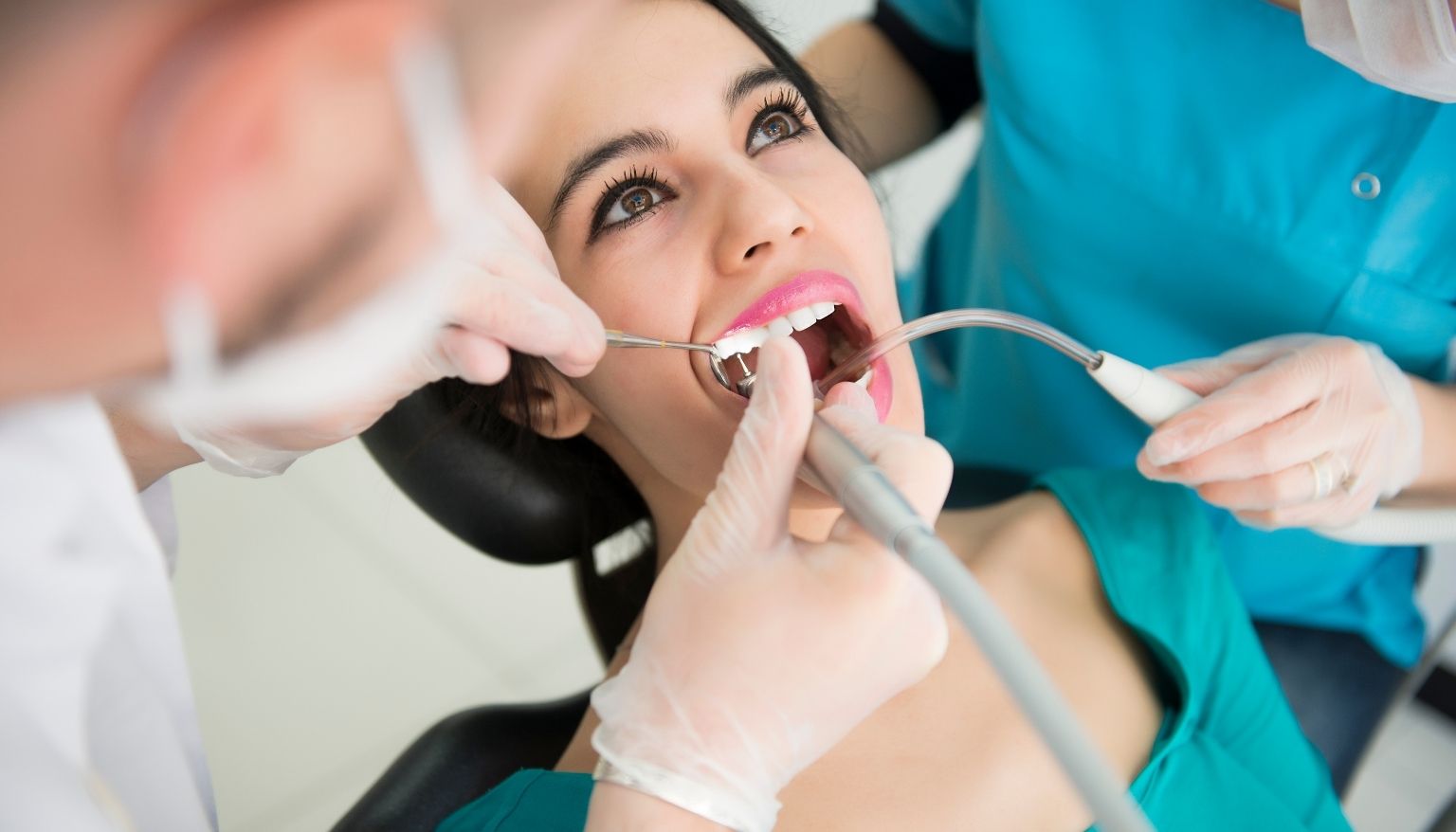
Lip and oral cancers
Lip and oral cancers primarily develop in the lips, tongue, cheeks, gums, and roof or floor of the mouth. Common symptoms include persistent sores, lumps, or ulcers in the mouth, white or red patches, difficulty swallowing, and numbness in the lips or mouth area. Other signs may include a sore throat that doesn’t heal, ear pain, or unexplained weight loss.
These cancers are commonly caused by lifestyle factors such as tobacco use (smoking or chewing), excessive alcohol consumption, HPV infection, prolonged sun exposure, and poor oral hygiene. Genetics and a weakened immune system may also increase risk.
Treatment options vary based on the cancer’s stage and location and may include surgery to remove tumours, radiation therapy, chemotherapy, or targeted drug therapy. Early-stage cancers often respond well to surgery and/or radiation, while advanced cases may require a combination of treatments. Regular dental check-ups and avoiding risk factors can help with early detection and prevention.
SOme primary treatment options include:
- Surgery: Removal of cancerous tumours or affected tissues in the mouth; in advanced cases, it may involve reconstructive surgery to restore appearance and function.
- Radiation Therapy: High-energy radiation is used to target and destroy cancer cells, often used for early-stage cancers or as a follow-up to surgery.
- Chemotherapy: Anti-cancer drugs are administered to kill or slow the growth of cancer cells, typically used for advanced cancers or in combination with radiation.
- Targeted Therapy: Drugs target specific molecules involved in cancer growth, making treatment more effective and reducing damage to normal cells.
- Immunotherapy: This treatment boosts the body’s immune system to better identify and fight cancer cells, particularly useful for recurrent or advanced cases.
Rehabilitation: Speech and swallowing therapy may be needed post-treatment to help restore normal oral function.


Health Tips & Info
Medicate is a long established fact that a reader will be distracted by the readable content of a page when looking at its layout.Lorem Ipsum is simply dummy text of the printing and typesetting industry.
Where Can I Go To Provide A Sample For Testing?
Lorem ipsum dolor sit amet, consectetur adipiscing elit. Ut elit tellus, luctus nec ullamcorper mattis, pulvinar dapibus leo.
What happens to my sample once I have provided it?
Lorem ipsum dolor sit amet, consectetur adipiscing elit. Ut elit tellus, luctus nec ullamcorper mattis, pulvinar dapibus leo.
What will laboratory testing cost me?
Lorem ipsum dolor sit amet, consectetur adipiscing elit. Ut elit tellus, luctus nec ullamcorper mattis, pulvinar dapibus leo.
Using Innovative Technology
Lorem ipsum dolor sit amet, consectetur adipiscing elit. Ut elit tellus, luctus nec ullamcorper mattis, pulvinar dapibus leo.
